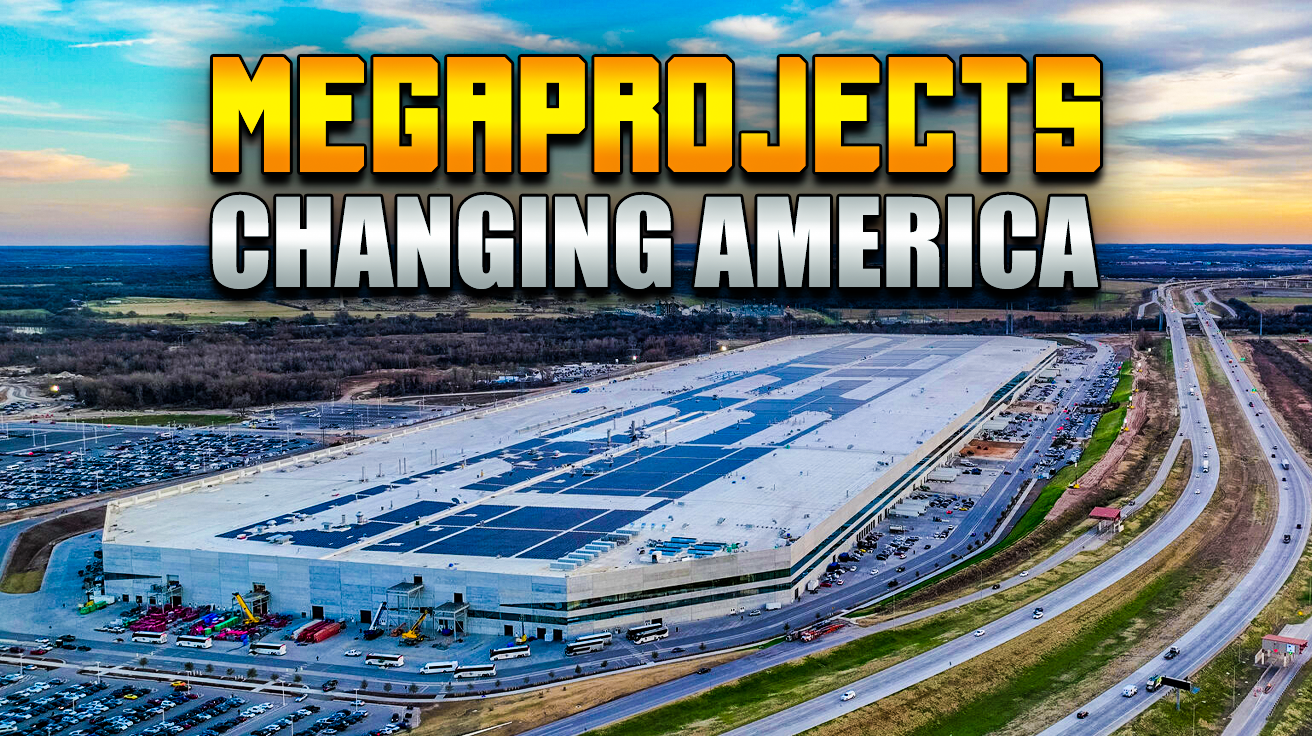The United States currently has over $2 trillion invested in active megaprojects – each one pushing the boundaries of engineering and architectural innovation. These massive undertakings reshape skylines, transform transportation networks, and redefine what humans can achieve through modern construction techniques. For architects, engineers, and infrastructure enthusiasts, these projects represent the cutting edge of design, sustainability, and project management. From revolutionary transit systems to record-breaking skyscrapers, this exploration reveals how America’s most ambitious megaprojects overcome unprecedented technical challenges while incorporating next-generation technologies and materials. These architectural and engineering marvels demonstrate how large-scale construction continues to evolve in scale, complexity, and environmental consciousness.
15. LAX International Airport Modernization
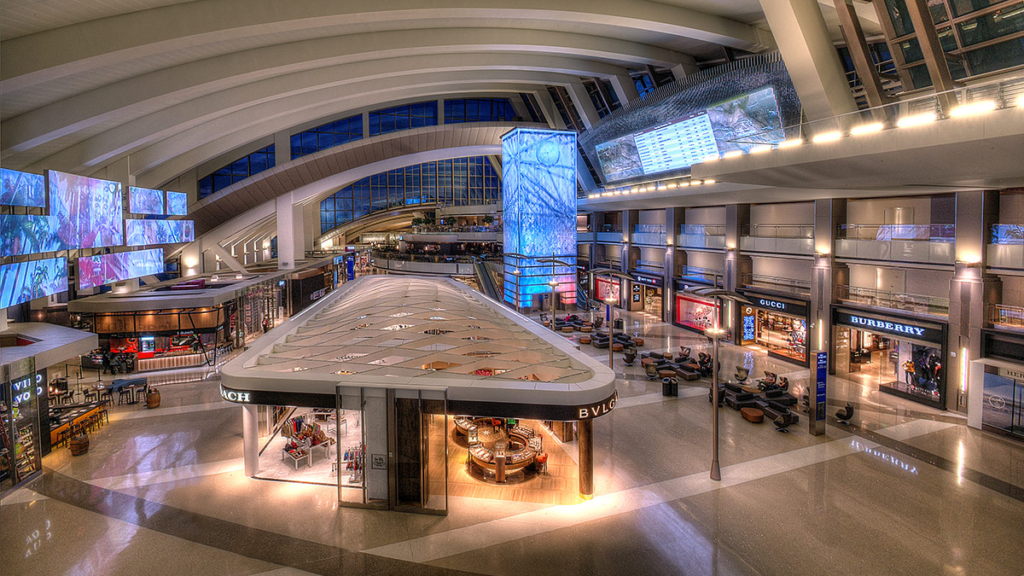
The LAX modernization represents the largest airport project in United States history. This comprehensive overhaul includes the construction of a 2.25-mile Automated People Mover connecting terminals with new transportation hubs. Engineers designed the project to accommodate over 95 million annual passengers while reducing traffic congestion by 30%. The modernization integrates advanced sustainability features, including North America’s largest airport solar installation. This $14.5 billion transformation will significantly improve passenger experience while preparing LAX for future aviation demands.
14. Tesla’s Gigafactory in Texas

Tesla’s Austin Gigafactory stands as America’s largest manufacturing facility under one roof. The 10-million-square-foot facility incorporates advanced robotics and sustainable manufacturing processes throughout its operations. Engineers designed the facility to produce 500,000 vehicles annually while maintaining net-zero energy consumption. The project includes on-site battery production and revolutionary assembly line innovations. This manufacturing complex demonstrates how modern megaprojects can combine scale with environmental responsibility.
13. Hudson Tunnel Project

The Hudson Tunnel Project addresses critical infrastructure needs between New York and New Jersey. Engineers designed two new rail tunnels using cutting-edge boring technology to minimize ground disturbance. The project will double rail capacity while maintaining existing service through innovative construction phasing. Advanced flood prevention systems protect against future climate impacts and storm surges. This $16 billion project ensures reliable rail service for the nation’s busiest transit corridor.
12. Moynihan Train Hall in New York

Moynihan Train Hall transforms the historic James A. Farley Post Office into a world-class transit hub. The project features a 92-foot-high skylight that floods the concourse with natural light while preserving the building’s historic façade. Engineers integrated modern passenger amenities and digital systems throughout the 255,000-square-foot space. The facility increases Penn Station’s concourse space by 50% while creating new retail and public areas. This $1.6 billion project demonstrates how historic preservation combines with modern transit needs.
11. Chase Center in San Francisco
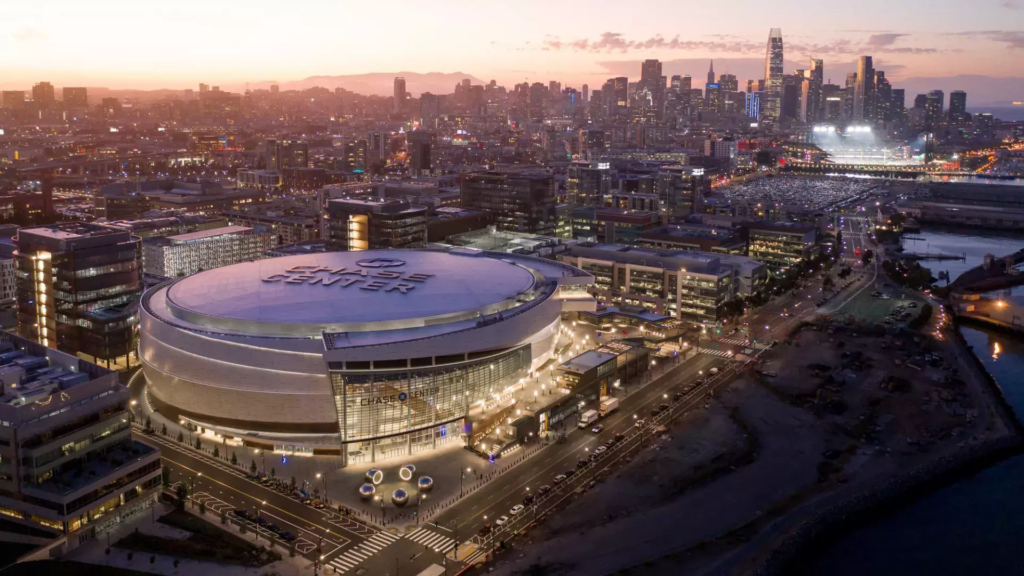
The Chase Center creates a new entertainment district in San Francisco’s Mission Bay area. The 18,064-seat arena features the world’s largest center-hung display system and advanced acoustic design. Engineers incorporated seismic protection systems throughout the structure to exceed California’s stringent requirements. The project includes 580,000 square feet of office space and 100,000 square feet of retail area. This multipurpose facility generates significant economic impact while revitalizing an underutilized area.
10. Lincoln Yards in Chicago
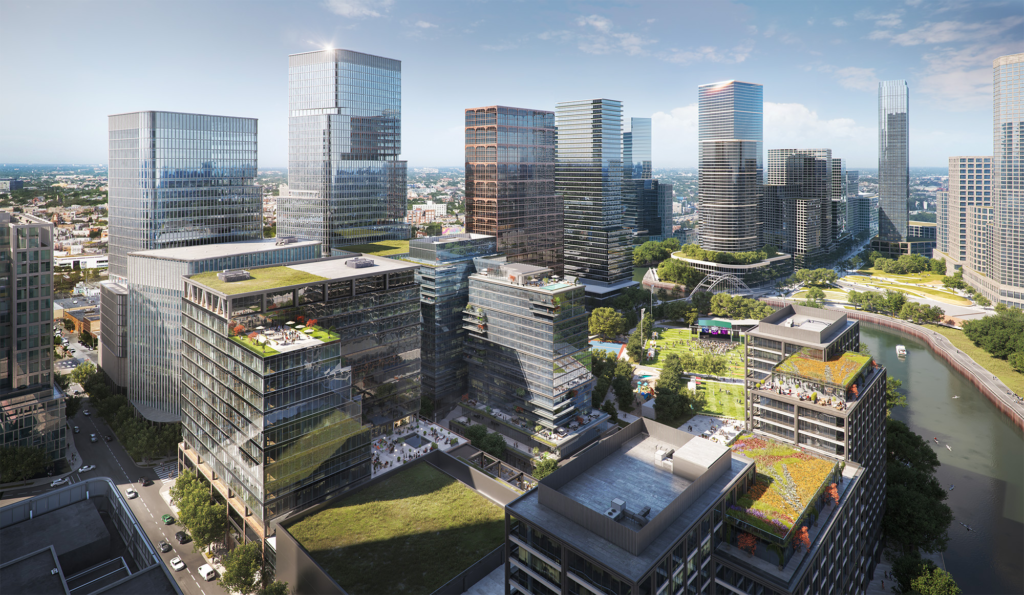
Lincoln Yards transforms 53 acres of former industrial land into a mixed-use urban community. The project includes 6,000 residential units and creates 21 acres of new public parkland along the Chicago River. Engineers designed advanced stormwater management systems to protect the river ecosystem. The development features new bridges and transportation infrastructure to connect surrounding neighborhoods. This $6 billion project demonstrates modern urban planning principles for sustainable community development.
9. The Spiral Tower in New York

The Spiral rises 1,031 feet above Manhattan’s West Side with an innovative design featuring cascading terraces. Engineers created a unique structural system to support the spiral terraces while maximizing interior space. The 66-story tower incorporates advanced environmental systems targeting LEED Platinum certification. The project includes 2.8 million square feet of office space and public amenities at street level. This architectural achievement demonstrates next-generation approaches to sustainable vertical development.
8. Atlanta BeltLine Project
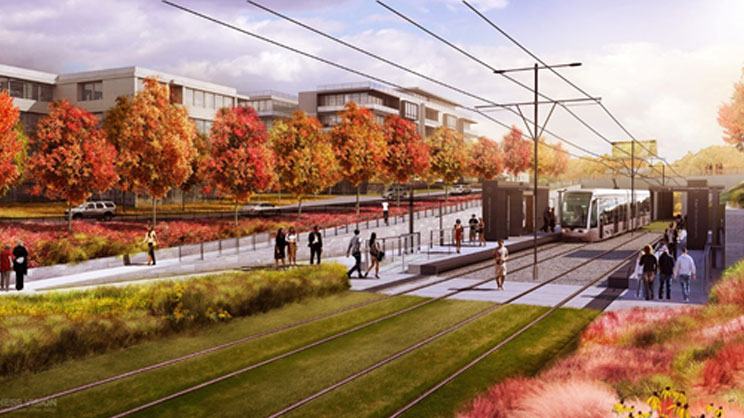
The Atlanta BeltLine transforms 22 miles of historic railway corridors into a revolutionary urban trail network. The project connects 45 neighborhoods through multi-use trails, modern streetcar lines, and new park spaces. Engineers designed innovative stormwater management systems throughout the corridor to prevent flooding and protect water quality. The development spurs economic growth with 5,600 affordable housing units and 1,100 acres of new green space. This comprehensive project demonstrates how infrastructure improvements catalyze urban transformation.
7. Green Line Extension in Boston
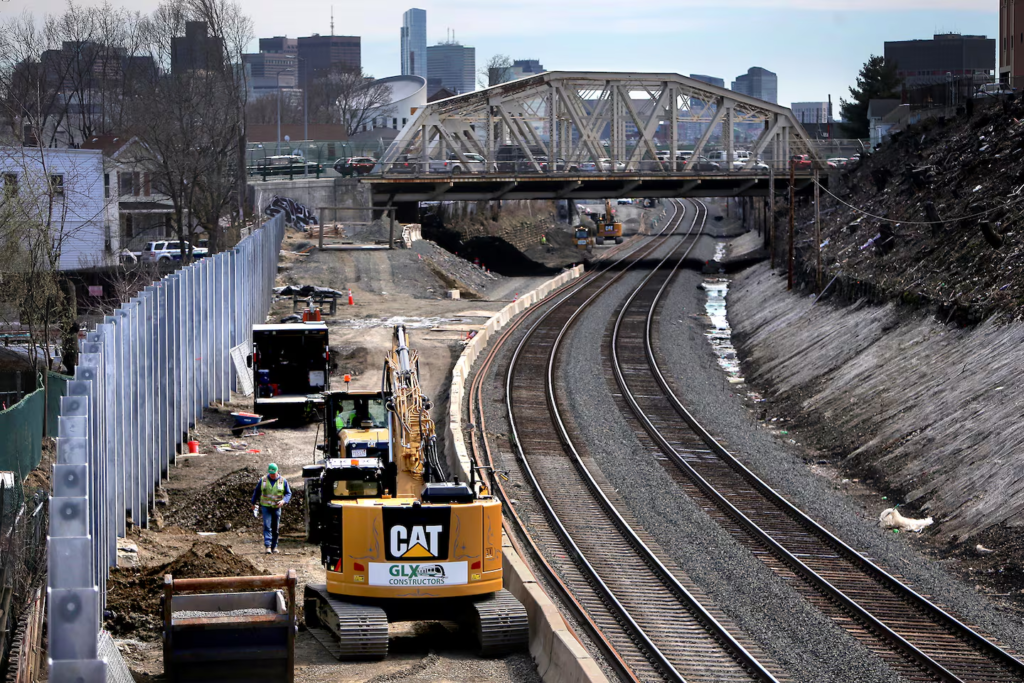
The Green Line Extension adds 4.7 miles of light rail through Boston’s most densely populated corridors. Engineers designed seven new stations with advanced accessibility features and climate resilience measures. The project includes the construction of the largest retaining wall system in MBTA history. New bike and pedestrian paths connect communities along the entire corridor. This $2.3 billion project significantly improves transit access for over 50,000 daily riders.
6. Bayonne Bridge Raising Project

The Bayonne Bridge Project raised the roadway 64 feet while maintaining traffic flow on the existing structure. Engineers used innovative construction techniques to lift the roadway without replacing the historic arch. The project accommodates larger container ships while preserving the bridge’s architectural heritage. New approach roads and modern safety systems improve traffic flow and emergency response capabilities. This engineering achievement demonstrates creative solutions for upgrading critical infrastructure.
5. Charlotte Gateway Station
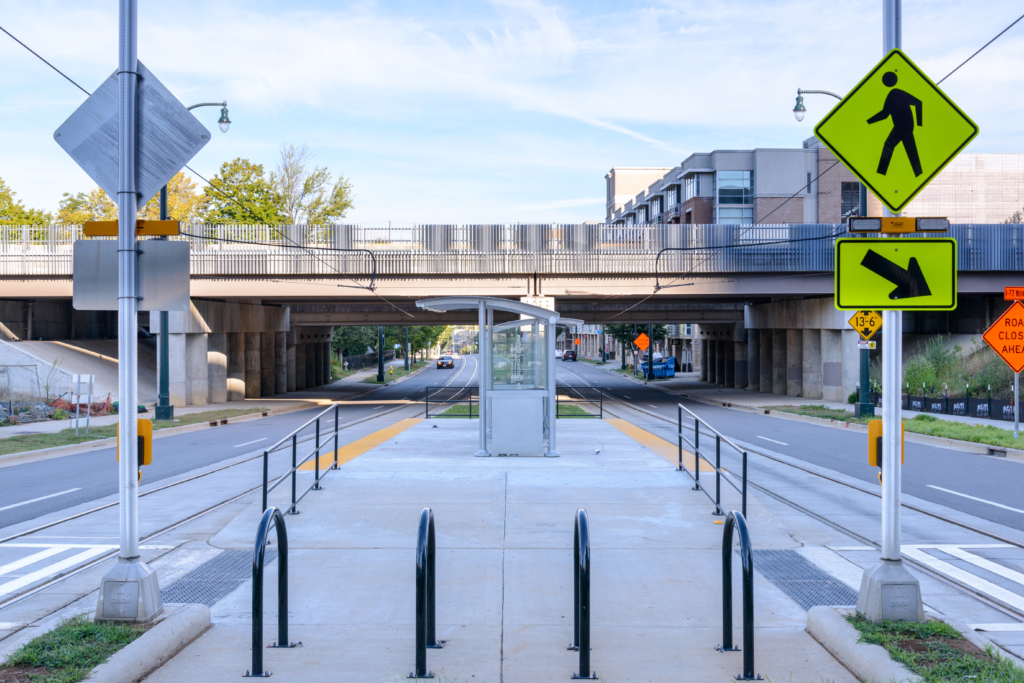
Charlotte Gateway Station creates a new multimodal transit hub in the heart of uptown Charlotte. The project integrates passenger rail, bus service, and future light rail expansion within a single facility. Engineers designed advanced passenger circulation systems to handle increasing ridership demands. The development includes significant office and retail space above the transit facilities. This transformative project positions Charlotte for future transportation growth.
4. Olmsted Locks and Dam Project
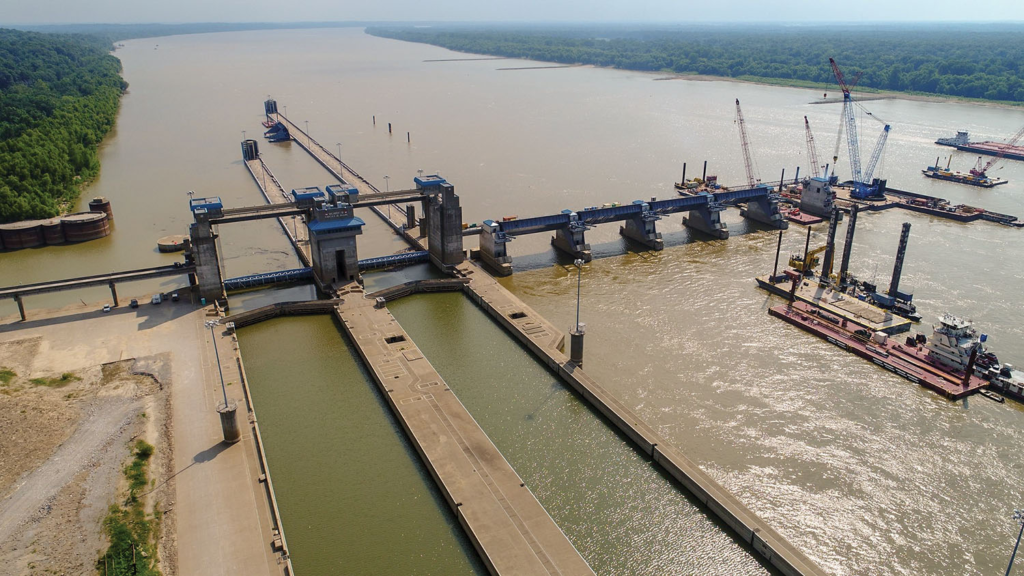
The Olmsted Locks and Dam represents the largest civil works project in U.S. Army Corps of Engineers history. Engineers pioneered a “float-in” construction technique to place massive concrete shells in the Ohio River. The project includes twin 110-foot-wide locks that accommodate modern barge traffic with minimal delays. Advanced computer systems control water levels while protecting against flood risks. This $3 billion infrastructure upgrade ensures reliable river transportation for decades to come.
3. Aloha Stadium Replacement Project
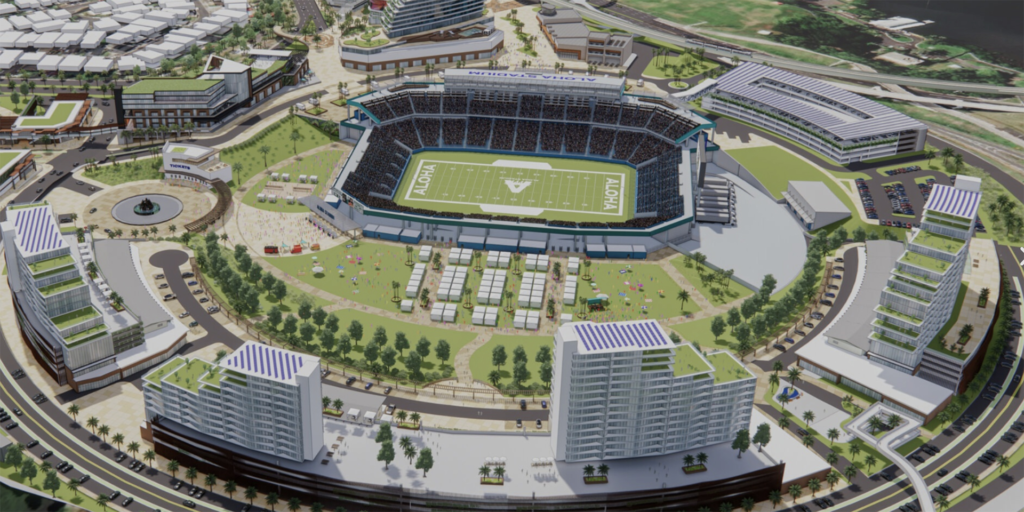
The new Aloha Stadium creates Hawaii’s largest entertainment and sports complex. The project features a 35,000-seat stadium with expandable capacity and retractable roof options. Engineers designed advanced ventilation systems to maximize natural cooling in Hawaii’s climate. The development includes 730,000 square feet of retail and entertainment space surrounding the stadium. This modern facility strengthens Hawaii’s position as a major sports and entertainment destination.
2. Second Avenue Subway Project
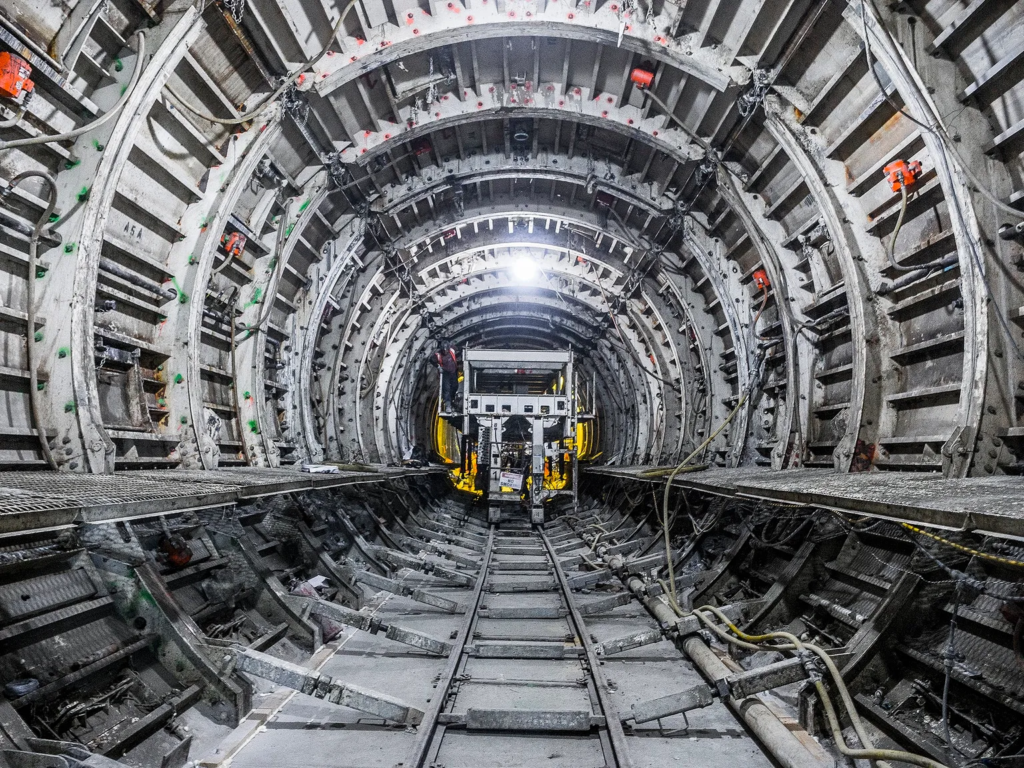
The Second Avenue Subway adds crucial capacity to New York’s transit network. Engineers used specialized boring machines to minimize surface disruption during tunnel construction. The project features three new stations with dramatic public art installations and advanced passenger amenities. Advanced ventilation and emergency systems exceed modern safety requirements. This $17 billion expansion serves over 200,000 daily riders while reducing overcrowding on existing lines.
1. Goethals Bridge Reconstruction
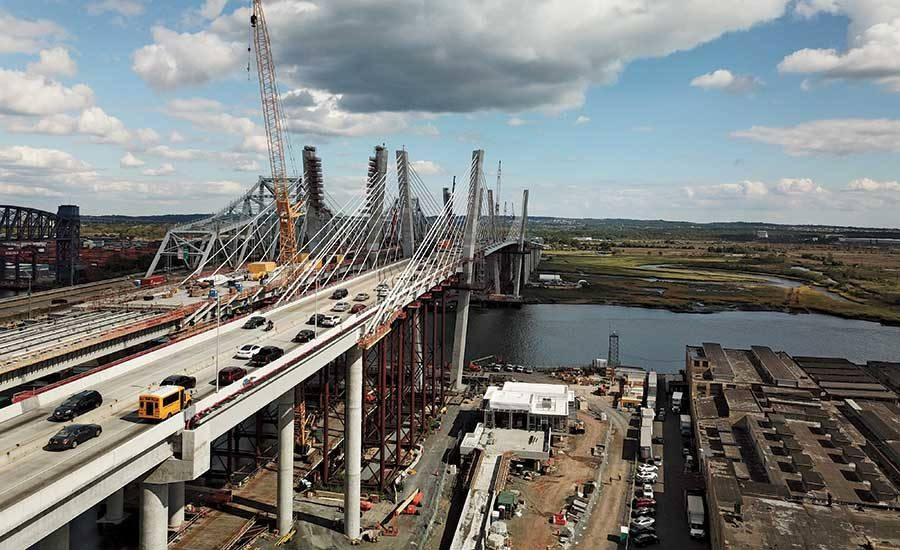
The Goethals Bridge replacement connects Staten Island and New Jersey with twin cable-stayed spans. Engineers designed the structure to accommodate future mass transit options and wider travel lanes. The project features advanced monitoring systems that track bridge conditions in real-time. Modern safety features include emergency shoulders and state-of-the-art lighting systems. This $1.5 billion project improves traffic flow while ensuring reliable connections between New York and New Jersey.

